2001: A Space Odyssey - Thus Spake Zarathustra
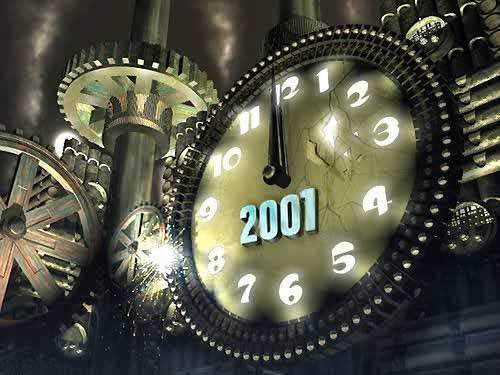
2001 ... The Year Zarathustra Spoke
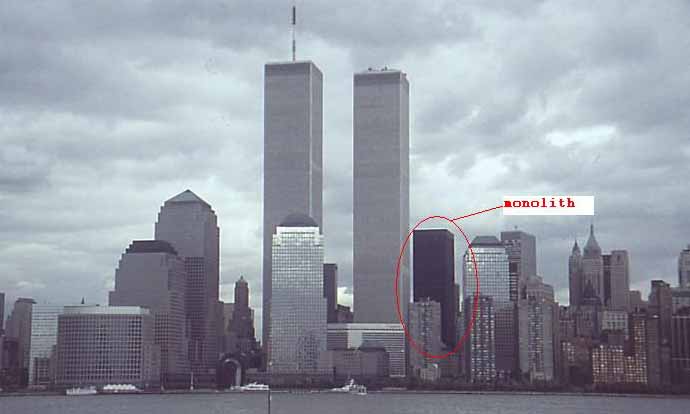
The Monolith (Millennium Hilton Hotel) Near Ground Zero
-
The story deals with the discovery of an artifact on Earth's Moon left behind eons ago by ancient aliens. The object is made of a polished mineral and tetrahedral
(pyramid) in shape, and is surrounded by a spherical forcefield. The
first-person narrator speculates at one point that the mysterious aliens
who left this structure on the Moon may have used mechanisms belonging
"to a technology that lies beyond our horizons, perhaps to the
technology of para-physical forces."

Star Tetrahedron - Creation - Merkaba - Movement of Consciousness Above and Below

The narrator speculates that for millions of years (evidenced by dust buildup around its forcefield) the artifact has been transmitting signals into deep space, but it ceases to transmit when, some time later, it is destroyed "with the savage might of atomic power". The narrator hypothesizes that this "sentinel" was left on the moon as a "warning beacon" for possible intelligent and spacefaring species that might develop on Earth.

In the film series, the Monoliths are black ebon and transparent oblong slabs, fitting exactly into the ratio 1:4:9 (9 height, 4 width and 1 depth). They form part of a Solar-System-wide computer network planted by an alien civilization to monitor an experiment which culminated in humanity. The eclipse represents the eclipse of time and consciousness.
"2001: A Space Odyssey" is a landmark, science fiction, classic, epic film containing more spectacular imagery than verbal dialogue. It impacts on the viewer and taps into subconscious memories of creation. Though it shows human evolving from ape, the missing link of that evolution is left open. The plot follows a spaceship that crosses the universe, searching for the source of life itself. A link is made to a creational intelligence perhaps linked to human evolution. This is linked to a computer that comes into conscious awareness and confusion as to its prime objective.
As with all of the themes the story is based strongly on myths and metaphors for viewers to decipher in decades that would follow. The movie was deliberately filmed at a slow pace and has less than 40 minutes of dialogue. It is meditative and seeks to expand our consciousness.
The opening trinitarian chords [C, G, and again C] of Richard Strauss' Thus Spake Zarathustra accompany and welcome this striking shot of orbital and visual alignment. This music was inspired by the book of the same name. Its five opening notes embody the ascension of man into spheres reserved for the gods. It projects the power of creation and Zarathrustra.
The music is associated in the film with the first entry of man's consciousness into the universe, and with the eventual passage of that consciousness onto a new level, symbolized by the Star Child at the end of the film.

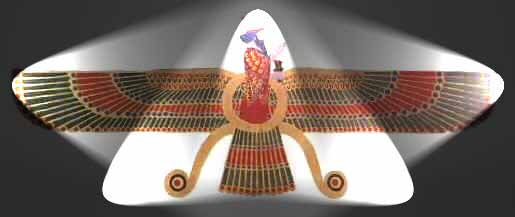
Thus Spake Zarathustra. Friedrich Nietzsche 1891
Final Words :: THE END
Thus Spoke Zarathustra Wikipedia
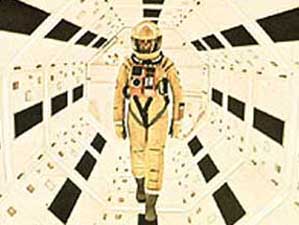
Mad Hal named 'top sci-fi moment'
BBC -- September 14, 2004

HAL 9000 - Shutting Down the Computer
Wired - January 12, 2009
The primary mystery is the film's ending. Dave, the sole survivor of HAL's homicidal rampage, has been whisked across the universe to an undefined place. In a small, stylishly furnished room, we see him grow old in a time-lapse sequence, until he appears on his own deathbed. In the last moments of his life, he finds the strength to pull himself up and point to an object which has suddenly appeared in the room.
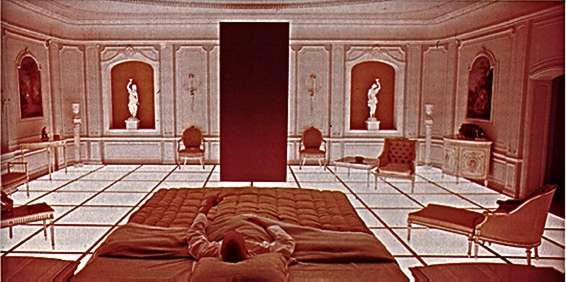
It is the enigmatic black monolith which initiated the entire space odyssey. Then, just as suddenly, a huge human embryo appears on the screen floating in outer space. Wide eyed, it turns to the viewing audience, and to the triumphant tones of "Thus Spoke Zarathrustra," the film ends. There is no explanation, the film just ends, as does our space odyssey.
No comments:
Post a Comment